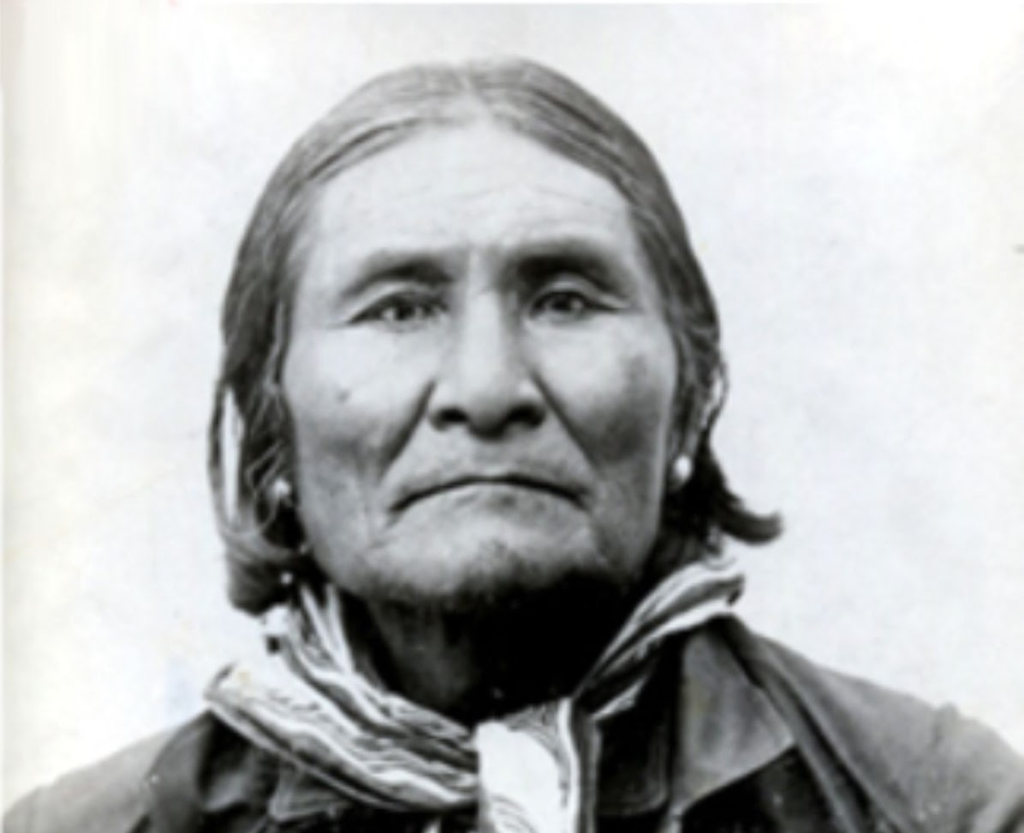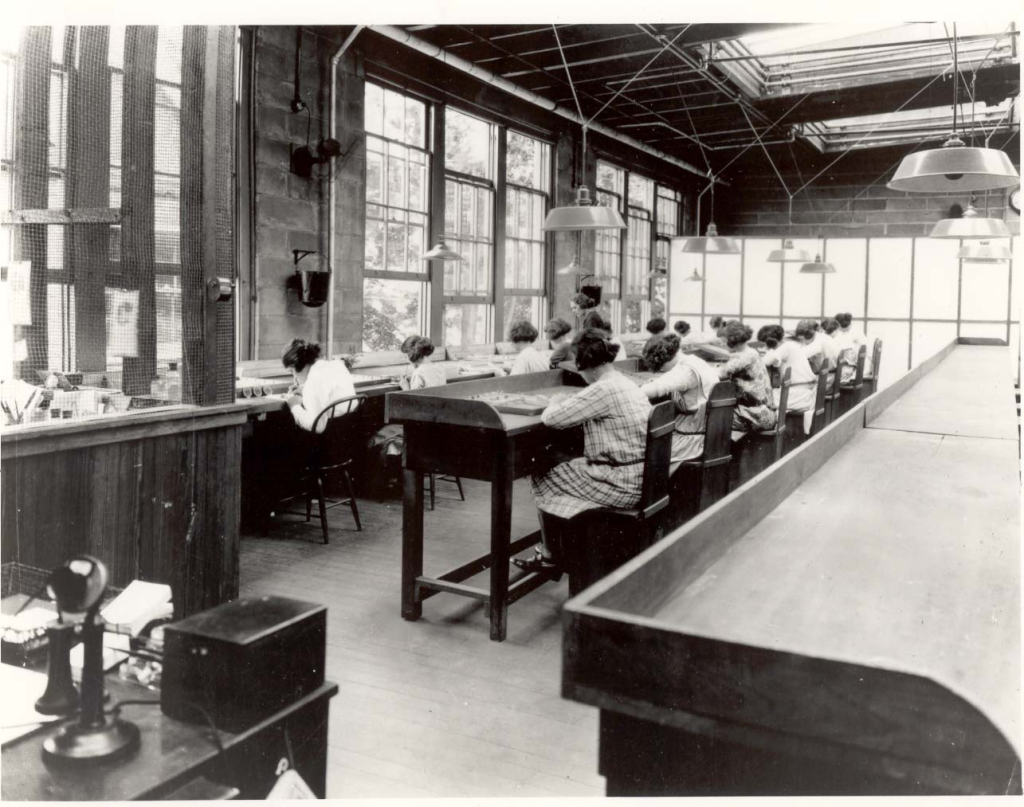
From The New Yorker: “Everyone hopes for a miracle. And in Kenya—where evangelical Christianity is so popular that the President frequently prays with preachers during official events—the more miracles a pastor performs, the more followers he will gain. Some swiftly build large congregations and become multimillionaires. In 2018, Halua Yaa, a woman in the coastal town of Malindi, heard about a pastor named Paul Mackenzie, who, it was said, could heal the sick. Mackenzie ran a Pentecostal church called Good News International Ministries, on a spacious compound in Malindi, where he also lived. He urged his followers to avoid television, sports, and other secular pastimes, to refuse Western medicine, and to take their children out of school.”
She was an advocate for the disabled but she probably never actually existed

From IGN: “On March 4, 2019, the accessibility community mourned a prominent advocate: Susan Banks. Banks’ partner, Coty Craven, announced her passing on social media platforms such as Twitter/X. The industry lamented the loss of an individual that helped raise awareness for accessibility in games, particularly for Deaf and hard-of-hearing individuals. However, in the years since Banks’ alleged death, mounting evidence and accounts from those close to her work suggest that she was not the person she claimed to be. In fact, some are convinced that Banks may never have existed at all. Her various jobs are said to have included being a professional model, an asset manager at a financial firm, and a professor of Deaf Studies at Gallaudet University, all before the age of 30. IGN reached out to Gallaudet University’s Deaf Studies program, and they said nobody by the name of Susan Banks was ever employed at the University.”
Note: This is a version of my personal newsletter, which I send out via Ghost, the open-source publishing platform. You can see other issues and sign up here.
Continue reading “A pastor led his followers into the woods. Hundreds have been found dead”



















